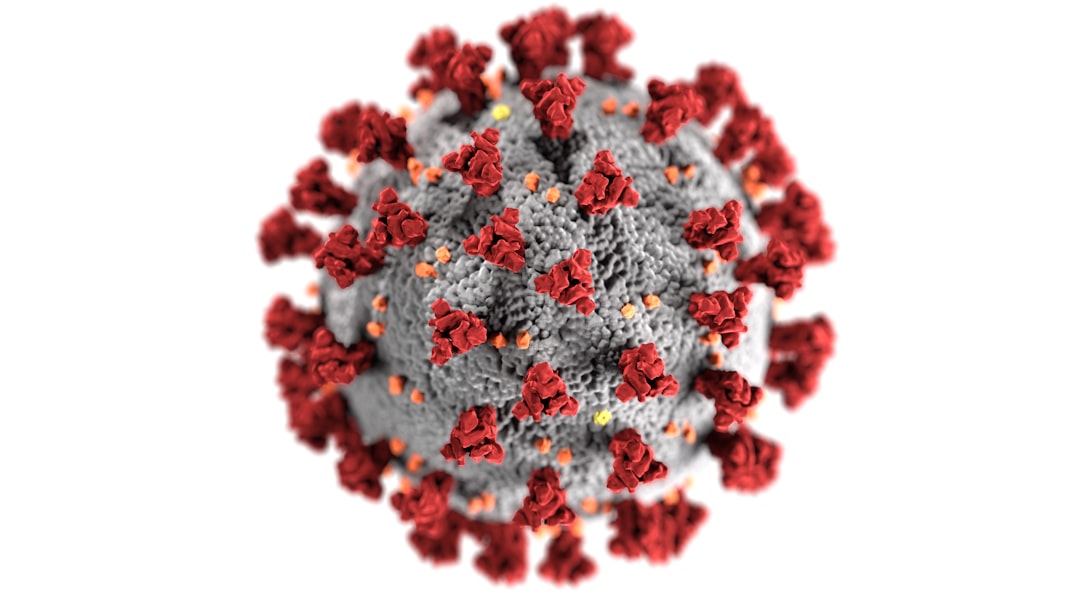What is it about?
Hepatic methionine metabolism is at the crossroads of many pathways involved in the synthesis of key cellular components, but also in epigenetic regulation. Drug intoxication leading to acute liver injury reduces the global function of this route, but differential effects are detected according to the subcellular compartment studied. Enzymes in charge of S-adenosylmethionine synthesis change their preferred location accumulating into the nucleus, a fact linked to oxidative stress.
Featured Image
Why is it important?
Nuclear accumulation of enzymes synthesizing S-adenosylmethionine suggests a need of epigenetic remodeling to respond to hepatic damage. Prevention of the oxidative stress associated with drug intoxication (paracetamol) maintains the normal subcellular pattern of this enzymes, suggesting that antioxidants may be useful to treat this pathology. At the same time, N-acetylcysteine, the available treatment does not prevent all the changes detected. Hence, it is proposed that this might be the underlying cause for the lack of efficacy of this compound in reverting the effects of paracetamol overdose after 6-8 hours of ingestion.
Read the Original
This page is a summary of: Acute Liver Injury Induces Nucleocytoplasmic Redistribution of Hepatic Methionine Metabolism Enzymes, Antioxidants and Redox Signaling, June 2014, Mary Ann Liebert Inc,
DOI: 10.1089/ars.2013.5342.
You can read the full text:
Contributors
The following have contributed to this page










